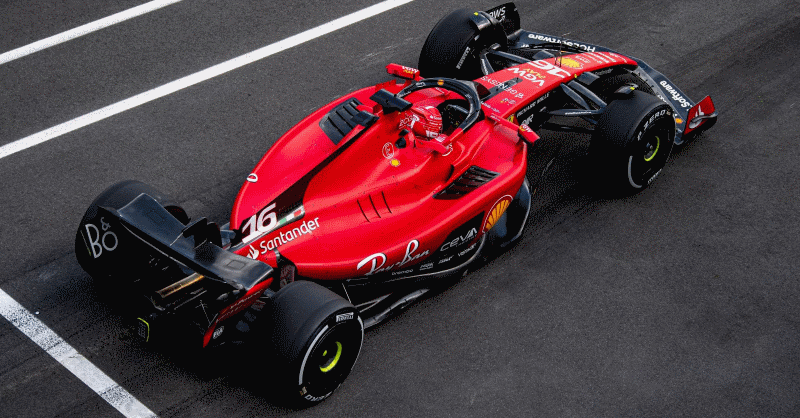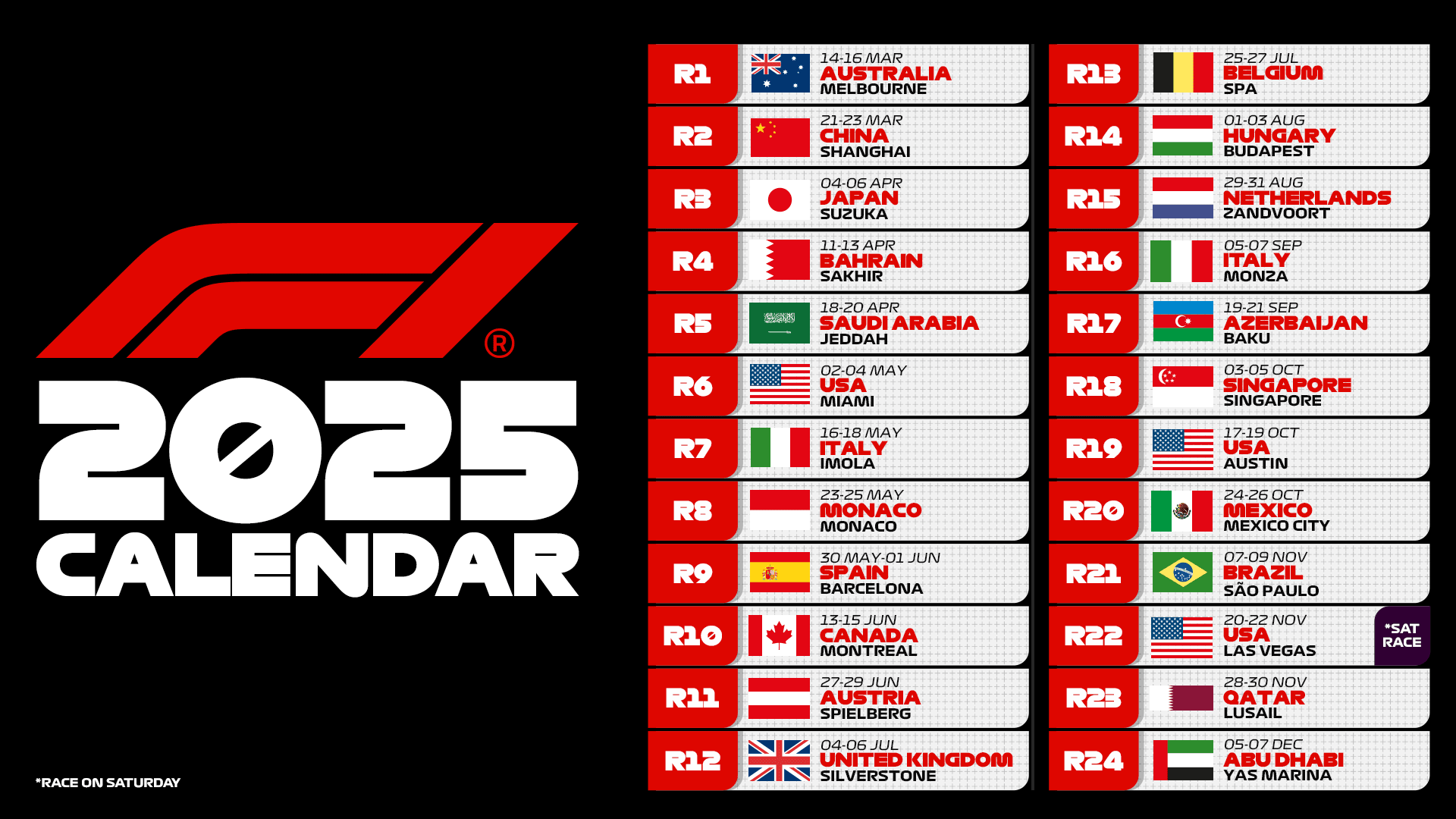Formula 1 is focused on its next generation of cars. That’s what’s happening in relation to the regulatory changes that will characterize the approaching new technical era. After two years of observing the “next-gen” cars in action, the results haven’t been particularly exciting, considering we’ve moved from one dominance – that of Mercedes, which was briefly broken by Red Bull and Max Verstappen – into another equally potent and dominant era.
The leadership of the International Federation and Liberty Media, despite their occasional statements, have recognized that something needs to be done. However, they are cautious about not applying quick fixes that might be worse than the problem itself. They aim to take calculated actions that preserve the principle of meritocracy.
Protecting Meritocracy
Stefano Domenicali, in this regard, stated that it wouldn’t be fair to change the rules in response to the monopoly established by Red Bull: “It’s not right because we can’t be seen as a sport of manipulation. I’m not imagining this kind of approach at all. It’s about meritocracy, so we have to consider that they’ve done an incredible job. It’s true that the gap seems significant, but we have to be cautious because we know that things can change very quickly in life.”
The regulatory revolutions introduced in recent years were precisely aimed at preventing a new Mercedes-like era from establishing a seemingly insurmountable stronghold. The story tells of a hardly contestable failure, given that Red Bull and Max Verstappen have been dominating for two years now, with no effective opposition.
Kudos to those who have worked better and are enjoying the fact that the very rules intended to level the playing field have now become the shackles preventing the pursuit of technical potential. A change of course is now undeniably needed.
Show your support for Scuderia Ferrari with official merchandise collection! Click here to enter the F1 online Store and shop securely! And also get your F1 tickets for every race with VIP hospitality and unparalleled insider access. Click here for the best offers to support Charles and Carlos from the track!
Show your support for Scuderia Ferrari with official merchandise collection! Click here to enter the F1 online Store and shop securely! And also get your F1 tickets for every race with VIP hospitality and unparalleled insider access. Click here for the best offers to support Charles and Lewis from the track!
F1: Active Aerodynamics for a Greener and More Spectacular Category
And that change is coming. The date we mentioned at the beginning is 2024 when the new aerodynamic rules will be set. The implementation of these rules, however, will be postponed until 2026, when the power units will also undergo significant changes in architecture and fuel characteristics.
Nikolas Tombazis has provided an update on the upcoming measures. “The engines are defined,” explained the former Ferrari man. “We have increased the electrical capacity. With the introduction of sustainable fuels, we will have a 70% reduction in environmental impact. It’s just the first step.”
This dynamic aligns with the Net Zero Carbon program, which aims to completely eliminate CO2 emissions by 2030. But this isn’t the juiciest revelation presented by the FIA engineer. The most interesting interventions concern active aerodynamics, which could see a significant increase.
“The rules will be defined by June 2024. There will be a significant reduction in aerodynamic resistance for single-seaters. Current F1 cars have an invisible parachute on straight lines. We want to remove it for environmental consistency. How? By reducing air resistance. Single-seaters will have some movable elements; this will help on the straights.”
The exact nature of these elements isn’t clear yet. But it’s evident that the die has been cast, and we may need to get used to more self-moving parts that are likely to be activated without a specific time gap between the leader and the follower. If confirmed, this could finally resolve the contradiction of the DRS (Drag Reduction System) and its “motorway-style” overtaking, which is unpopular among hardcore fans.
The imperative is that the rules are well defined. It’s worth noting that Tombazis, in the winter, foresaw cars being half a second slower due to the new regulations on the floor’s height. A prophecy that didn’t come close to reality. This explains how the federal technical delegates have less efficient computational tools than the teams, which is the basis for the failure to realize the level playing field that Liberty Media Corporate has been chasing, albeit unsuccessfully, to this day.

Source: Diego Catalano for Formula Uno Analisi Tecnica












.png)
